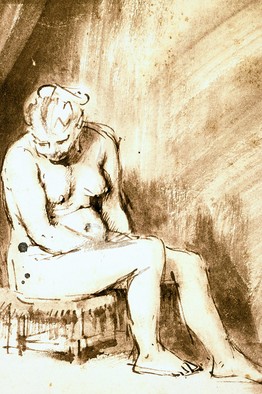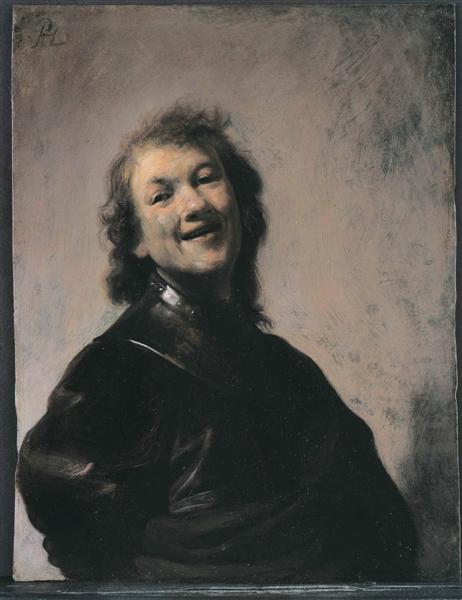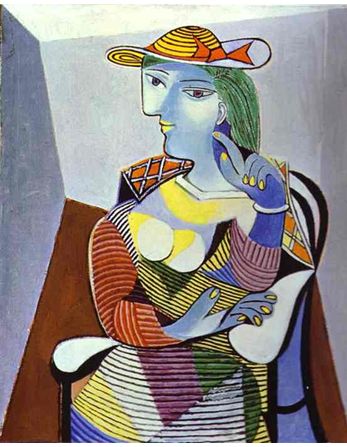On 25 Dec, 2010 With
Kenneth Andrew Walton (born November 23, 1967) is an American software developer and author of the memoir Fake: Forgery, Lies, & eBay, which details his time spent selling forged art on the online auction site eBay. He currently lives with his wife in San Francisco, California. In 1999 and 2000 Walton was working as an attorney in Sacramento, California, and selling art on eBay, using more than 40 online aliases to drive up bidding on hundreds of his paintings. In May 2000 he posted an auction on eBay for an oil painting that attracted a closing bid of $135,805 and which bidders speculated might be a work by Richard Diebenkorn due to its resemblance to the artist’s work, the existence of the monogram “RD52” on the…
Read More
On 22 Dec, 2010 With
Is it fake or is it Rembrandt? Over the years there has been considerable controversy over unsigned drawings that seem to be from the hand of Rembrandt Harmenszoon van Rijn, the Dutch painter and etcher who died in 1669. Since 1968, participants in the Amsterdam-based Rembrandt Research Project have halved the accepted list of genuine, “autograph” paintings by the master to about 300 pictures. (They also elevate new works to the list from time to time.) There are about 300 accepted first-state etchings. An exhibit at The Getty makes an effort to distinguish the real from the ersatz. Fifty-three of the small drawings on display are now generally presumed to be by Rembrandt. The remaining 50 have been reattributed to…
Read More
On 22 Dec, 2010 With
A self-portrait formerly considered a Rembrandt knockoff has been deemed a genuine early work of the Dutch master—and valued at $40 million. Rembrandt Laughing, executed on a small copper plate, was examined by Holland’s leading Rembrandt experts. A British art collector purchased the work late last year for $4.5 million from an auction house that had appraised it at $3,100. “It has an incredible presence,” said a Rembrandt authority. “The light has the most natural quality you can think of—and I love the naturalness of the laughing.”
Read More
On 20 Dec, 2010 With
The Daily Tele swallows a fake Picasso Would you fork out your redundancy money to buy a Picasso off the internet? Happens all the time. The Daily Telegraph’s Elizabeth Fortescue reported last week that a young Sydney woman took her online Picasso to an “antiques roadshow” in Dee Why the other day. She asked the expert if she’d done the right thing. The news was stunning. Fine art valuer Sue-ann Smiles immediately identified it as a Picasso. “I knew straight away. Quite frankly, (the painting) should be in the National Gallery of Australia. This is a cultural heritage piece,” she said. The woman told Ms Smiles she had bought the painting, sight unseen, from a private owner in Europe and that she only…
Read More
On 7 Sep, 2010 With
When this painting first appeared around 1930, it was praised as a work byBotticelli. Not long afterwards, however, the investigations of art historians and scientists revealed it to be an outright fake, made with the intention to deceive. Acquisition The noted art collector Lord Lee of Fareham bought the Madonna of the Veil in 1930 from an Italian dealer for the sum of $25,000. He subsequently bequeathed it to The Courtauld Gallery, London in 1947. Despite a lack of information about its origins, the picture was universally hailed by connoisseurs and academics as a masterpiece by Botticelli when it first arrived in London in the early 1930s. The directors of the Medici Society published the painting as a ‘superb composition of the greatest of…
Read More




